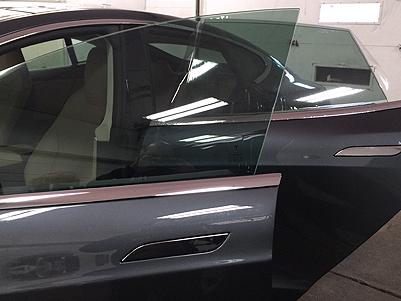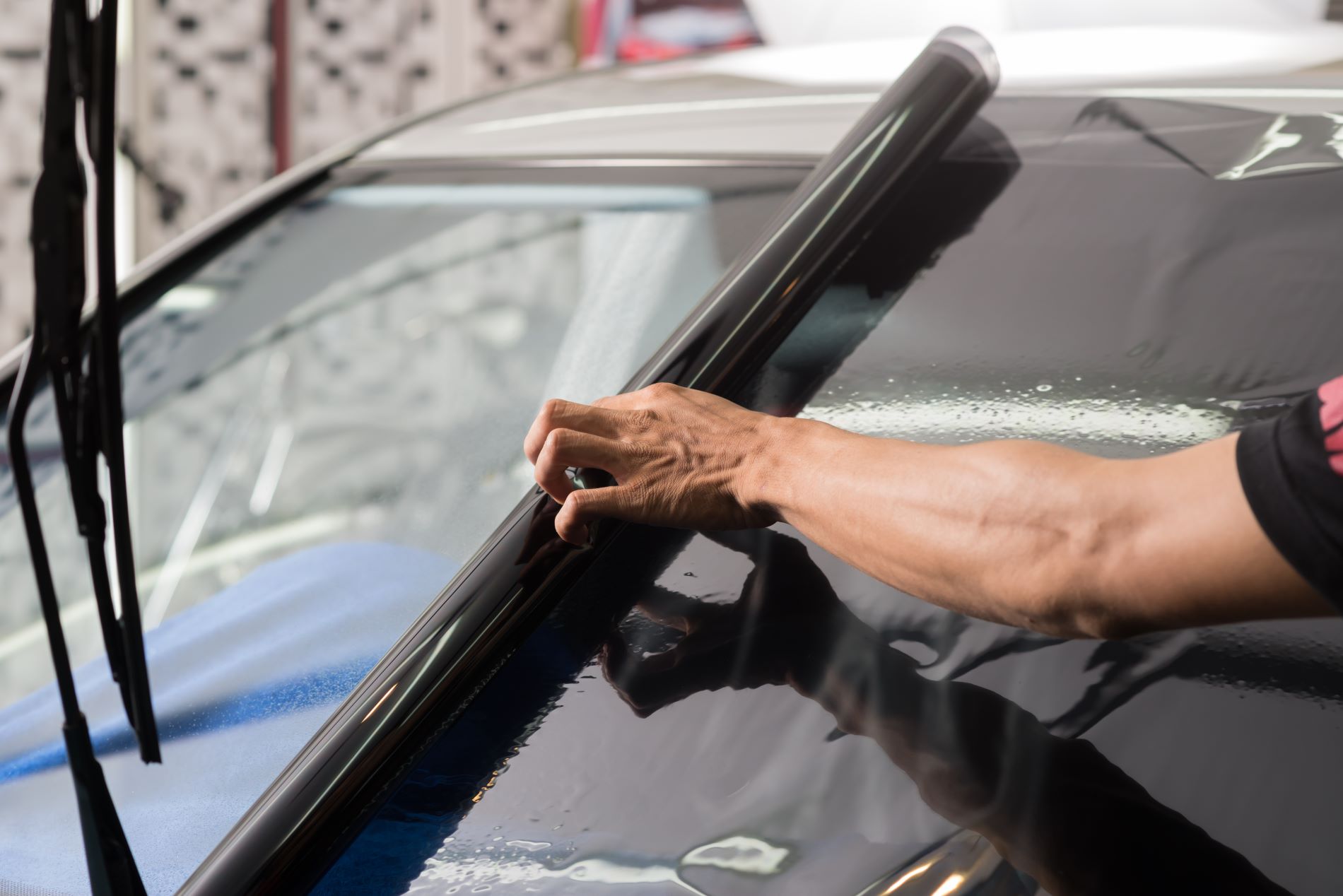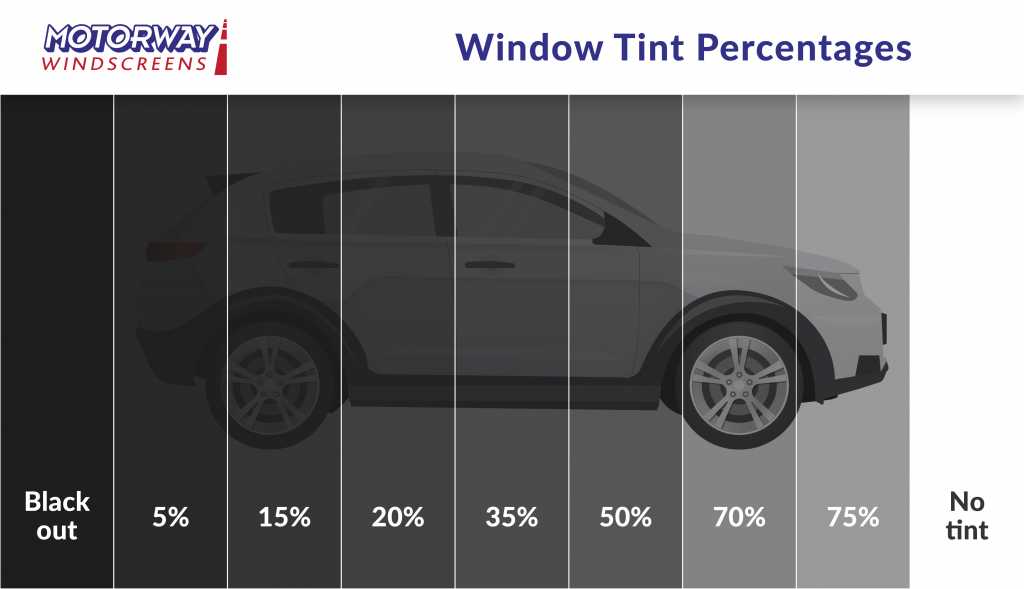Can Car Glass Tinting Really Lower Cabin Temperature During Summer?
Wiki Article
A Comprehensive Overview to Recognizing Auto Window Color and Its Benefits
Vehicle home window tinting offers even more than simply a visual objective for vehicles. It offers numerous types, each with distinct features and benefits. Recognizing these options, in addition to lawful laws and maintenance ideas, is important for any kind of vehicle owner. The benefits might greatly enhance driving comfort and lorry longevity. As one checks out the subtleties of window tinting, the question arises: what kind of color is ideal suited for private needs?Comprehending Auto Window Tint: What It Is and How It Works
Vehicle home window color works as a safety obstacle that improves car appearances while giving practical advantages. This thin film is related to the indoor surface area of cars and truck home windows, minimizing glare and obstructing dangerous ultraviolet (UV) rays from the sun. By filtering system sunlight, automobile home window tint aids to control the indoor temperature of the automobile, causing enhanced comfort for passengers and lowered reliance on air conditioning.Additionally, it shields the car's interior from fading, maintaining both upholstery and dashboard products. The tint can likewise improve personal privacy, making it harder for outsiders to see inside the vehicle. In addition, certain sorts of home window tint can boost safety; in the occasion of an accident, the film aids hold destroyed glass together, lowering the risk of injury from flying fragments. On the whole, auto window tint serves both visual and practical purposes, making it a prominent option amongst car proprietors.Types of Window Tint: An Overview of Options
When taking into consideration home window color alternatives, several kinds are available, each with distinct attributes. Colored, metalized, and ceramic home window tints use varying degrees of warm denial, UV security, and aesthetic charm. Recognizing these differences can help vehicle proprietors make educated selections based upon their choices and demands.Colored Window Tint
Colored home window tint represents a prominent choice amongst vehicle proprietors seeking a effective and inexpensive method to enhance their car's aesthetics and privacy. This kind of tint is created by placing a layer of color between a safety layer and a glue layer, leading to a darkened appearance that minimizes glare and boosts visual convenience. While colored window color successfully blocks harmful UV rays, it may not use the exact same level of heat denial as various other color types. Additionally, its color can discolor over time, potentially reducing its effectiveness. Regardless of these drawbacks, dyed window color stays popular for its cost-effectiveness and ability to supply a sleek, fashionable want to various automobile versions.Metalized Window Tint
Metalized home window tint uses an equilibrium of design and functionality, making it a prominent choice among vehicle proprietors. This type of tint integrates metal fragments within the film, boosting both visual appeal and warm denial. The reflective quality of metalized color aids to lower glow and improve privacy, while additionally offering UV security, which safeguards the automobile's inside. In addition, metalized window tint can enhance home window strength, potentially avoiding smashing during accidents. Nevertheless, it is vital to note that the metal parts can hinder digital signals, such as GPS and cell phone reception. Overall, metalized window tint provides an efficient option for those seeking a combination of durability, sun, and appearance protection for their cars.Ceramic Home Window Color
Ceramic home window color stands for an advanced choice in the range of vehicle window films, offering distinct advantages over typical colors. Unlike dyed or metalized movies, ceramic colors use advanced ceramic particles, which efficiently turn down warm and UV rays without jeopardizing exposure. This innovation guarantees that automobiles remain cooler, reducing reliance on air conditioning and enhancing fuel efficiency. Additionally, ceramic home window colors are less most likely to hinder digital gadgets, such as general practitioner or mobile signals, making them a practical selection for modern-day lorries. In addition, their longevity and scrape resistance add to a much longer life expectancy contrasted to other types of tints. Overall, ceramic home window tint offers superior efficiency, convenience, and protection, making it a favored alternative for discerning car proprietors.Benefits of Car Home Window Tint: Beyond Looks
While many individuals associate automobile home window tint with enhanced style, its advantages extend far beyond plain aesthetics. One considerable advantage is warmth reduction; home window tint can obstruct up to 99% of hazardous UV rays, maintaining the indoor colder and protecting furniture from fading. This not just boosts comfort during heat but also minimizes reliance on air conditioning, resulting in boosted gas efficiency.In addition, car window tint supplies an added layer of privacy and protection. Tinted home windows make it challenging for outsiders to see inside the lorry, which can prevent theft and safeguard belongings. Furthermore, lots of tints strengthen the glass, reducing the likelihood of smashing in the occasion of a mishap, consequently boosting safety.In addition to these functional advantages, vehicle window tint can additionally add to glare reduction, boosting visibility for travelers and motorists alike. This complex approach to convenience and safety makes window tint a useful financial investment for lorry owners.Lawful Factors To Consider: Tinting Regulations by State
Before committing to car home window color, vehicle proprietors need to navigate a complex landscape of tinting policies that differ by state. Each state has specific regulations governing the allowable degrees of tint darkness and reflectivity for different windows, consisting of windscreens, front side windows, and back home windows. These guidelines typically include noticeable light transmission (VLT) portions, which dictate just how much light can pass through the tinted glass.Some states allow darker colors on rear home windows while restricting front side and windscreen tints for safety reasons. Furthermore, particular states may require a certificate from the manufacturer to verify conformity with tinting regulations. Going against these laws can cause fines, mandatory removal of the color, or both. As a result, it is vital for lorry owners to research their state's legislations extensively to assure legal compliance before installing home window tint. This diligence can save money and time in the future.Choosing the Right Color: Elements to Take into consideration
When choosing the ideal window tint for an automobile, numerous critical factors come into play. Color darkness levels, UV defense rankings, and compliance with lawful laws are necessary factors to consider to guarantee both visual appeals and performance - Car Glass Tinting. Reviewing these facets will certainly aid individuals make an enlightened decision that meets their needs and abides by local lawsTint Darkness Levels
Selecting the appropriate tint darkness degree is important for achieving the desired equilibrium between aesthetics and functionality in car home window tinting. Various states have varying legal laws pertaining to color darkness, which can impact the choice. Normally, colors are measured in percentages, with reduced percentages showing darker shades. Darker colors supply raised personal privacy and a sleek look however can minimize visibility, particularly during the night. Alternatively, lighter colors maintain an even more open feeling, guaranteeing adequate presence while still offering some heat and glare decrease. Individuals need to consider their driving habits, local laws, and individual choices when deciding. Ultimately, the ideal tint darkness level improves the lorry's appearance while ensuring security and conformity with lawful requirements.UV Defense Rating
Color darkness levels play a substantial function in the general effectiveness of vehicle window tinting, however another vital element to examine is the UV defense score of the selected tint. This ranking indicates the portion of harmful ultraviolet rays that the color can obstruct. Top quality tints usually provide 99% or more UV security, safeguarding travelers and the lorry's inside from sunlight damage. Prolonged exposure to UV rays can cause skin troubles and fading of upholstery, making a high UV security ranking essential for health and wellness and durability. When choosing window tint, customers ought to prioritize this ranking together with darkness levels to assure optimum comfort and safety and security while driving. Comprehending these factors aids in making an educated decision when buying automobile home window tinting.Legal Rules Conformity
Understanding regional legal guidelines is essential for any person taking into consideration auto window tinting. Each state or region has certain laws regulating the allowable degrees of color darkness and reflectivity for different windows. These policies typically define the visible light transmission percent, figuring out just how much light can pass with the colored glass. Non-compliance can cause fines, required elimination of the tint, or problems throughout car evaluations. Additionally, some areas might have restrictions on the usage of specific tinting materials, calling for consumers to pick items that satisfy security requirements. Consequently, it is essential for vehicle owners to investigate their regional laws thoroughly prior to picking home window tint to assure conformity and avoid possible legal problems.Installation Refine: DIY vs. Professional Solutions
Exactly how does one make a decision in between a do it yourself installation and employing specialist solutions for vehicle home window tinting? The option often depends upon budget plan, experience, and wanted results. A do Continued it yourself method can be cost-efficient, enabling people to minimize labor prices. It requires a specific level of skill and understanding regarding the tinting process. Those that are careful and individual may locate success with do it yourself sets offered in the market.Conversely, expert services provide competence and top quality materials, making sure a remarkable coating. Specialists typically guarantee their job, giving tranquility of mind sites versus potential concerns such as gurgling or peeling off. Furthermore, they recognize with neighborhood laws concerning tinting, which can be complicated for the ordinary vehicle owner.Ultimately, the decision reflects an equilibrium in between cost, individual capability, and the expected quality of the tinting work. Each choice has its benefits, and the very best selection relies on specific conditions and choices.
Upkeep Tips: Keeping Your Tint in Top Condition
Keeping the appearance and performance of window color needs routine attention and treatment, specifically in differing climate condition. To protect the tint, it is vital to stay clear of utilizing abrasive cleaning materials, which can damage or damage the film. Car Glass Tinting. Instead, soft microfiber fabrics and gentle, ammonia-free cleansers must be made use of for cleaning the tinted surfaces.Furthermore, it is advisable to wait at the very least one month after installment prior to cleansing the home windows to enable the tint to fully adhere. Car park in shaded locations or using sunshades can help in reducing the fading results of UV rays and extend the color's life expectancy. Regular assessments for bubbles, peeling, or discoloration are advised, as early discovery can promote repair work. Staying clear of extreme temperature level fluctuations, such as pushing warm home windows in chilly weather, will certainly aid maintain the tint's stability and look over time.Frequently Asked Concerns

How Much Time Does Window Tint Normally Last on a Vehicle?
Home window color commonly lasts in between 5 to 10 years, depending on factors such as quality, application, and ecological problems. Normal upkeep and appropriate care can extend its life-span, ensuring suitable performance and appearance with time.Can Window Tinting Damages My Vehicle's Original Glass?
Window tinting, when used properly, does not harm an automobile's initial glass. However, incorrect installation or low-grade products may cause concerns like peeling off or gurgling, potentially affecting the glass's honesty with time.Is Window Tinting Safe for All Kinds of Autos?

Will Home Window Tinting Void My Auto Warranty?
The question of whether window tinting voids a cars and truck guarantee usually depends on the manufacturer's policies. Generally, if the tint does not damage the automobile, warranties generally stay intact. Nevertheless, seeking advice from the supplier is a good idea.
Can I Eliminate Home Window Color Myself if Needed?
Removing window color oneself is possible, yet it needs cautious focus to stay clear of damaging the glass. Individuals must use suitable devices and strategies to assure a successful elimination without leaving adhesive deposit or scratches behind. While dyed home window color efficiently obstructs damaging UV rays, it might not provide the very same degree of heat being rejected as various other tint types. Ceramic home window tint stands for an advanced choice in the range of automobile home window movies, providing distinct benefits over conventional colors. Prior to dedicating to car home window color, car owners have to browse an intricate landscape of tinting guidelines that differ by state. These laws often include visible light transmission (VLT) portions, which determine just how much light can pass through the colored glass.Some states allow darker tints on rear windows useful reference while limiting front side and windshield colors for safety factors. Tint darkness levels play a significant function in the total efficiency of car window tinting, yet one more essential element to evaluate is the UV defense rating of the chosen color.Report this wiki page